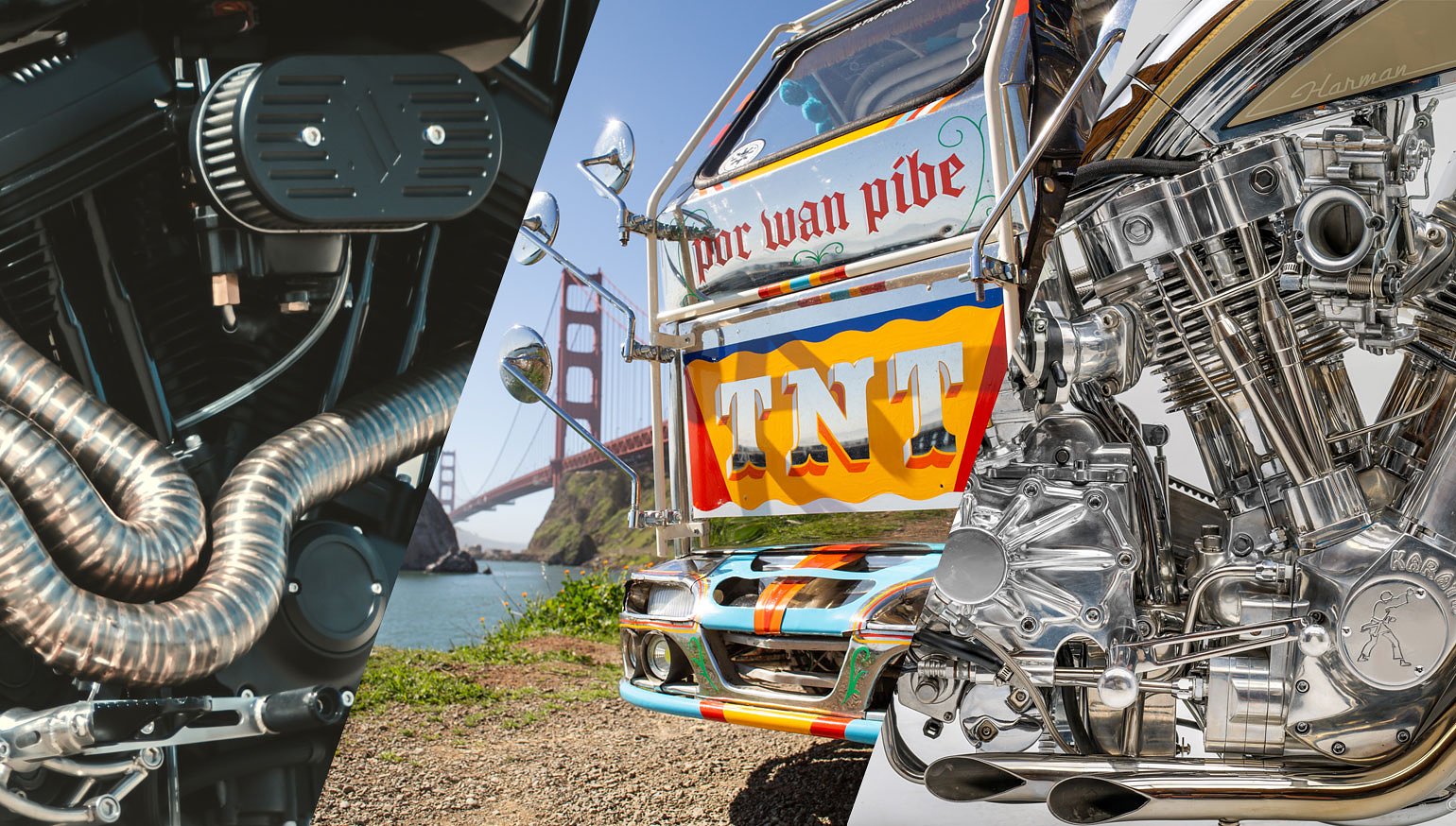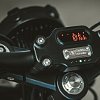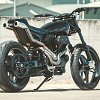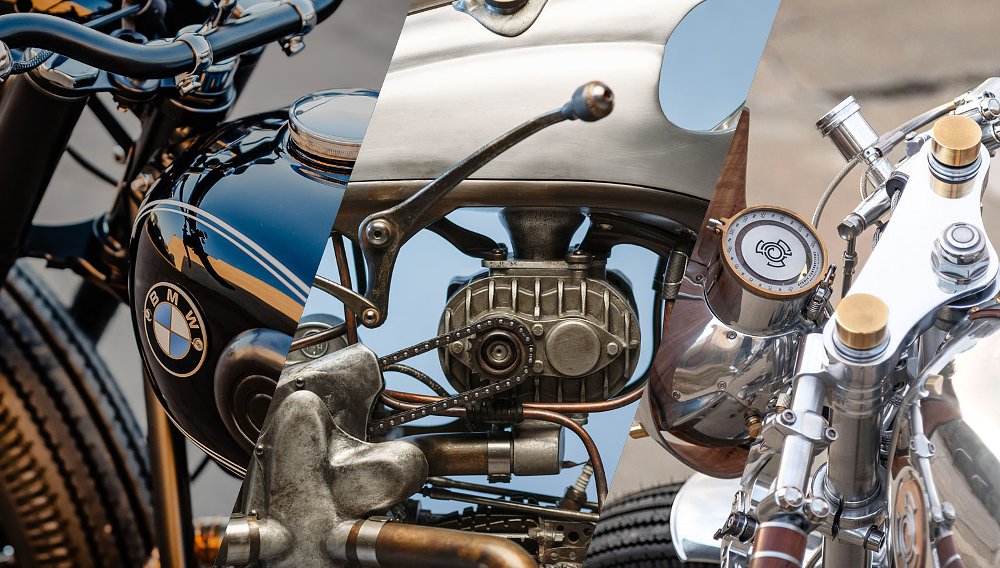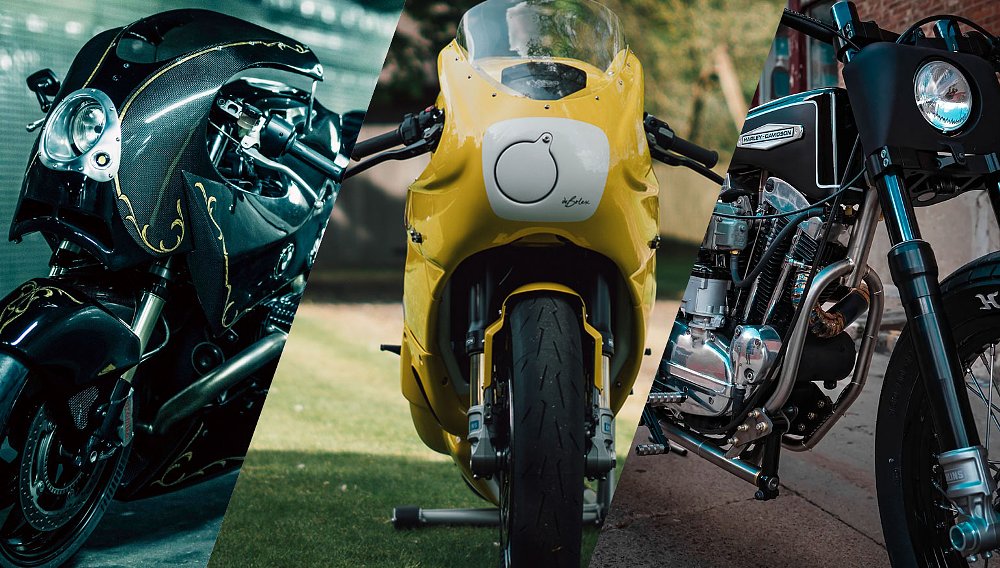This month's trio of custom tidbits is a diverse mix of styles and cultures. From South Africa, we've got a flat-track-inspired Sportster by Stoos Customs. We then look at a special project from the streets of San Francisco built to celebrate the local Filipino-American community. And lastly, a hat tip to legendary Harley frame and engine builder John Harman by Japan's Suicide Customs Inc.

Stoos Customs XX Harley-Davidson Sportster
"Growing up on a farm, I had access to motorcycles from a young age, so you could say I grew up on them," says Alex Stoos of Stoos Customs (Instagram). "I then studied at the Motorcycle Mechanics Institute in Florida and completed an internship at Exile Cycles in Los Angeles."
Now based in Cape Town, South Africa, the Stoos Customs workshop specializes in American V-twins and offers a wide range of services, including motorcycle sales and servicing, storage, rentals, customization, a retail space, and a coffee shop.

The Stoos Customs XX is Alex's personal project, and as the name suggests (in Roman numerals), it's his workshop's 20th build. The basis for the milestone project was a 2009 Sportster. Unfortunately, the way it was acquired wasn't all that favorable.
"The bike had been involved in an accident and I repaired it in good faith for the client without taking any sort of deposit," Alex recalls. "But once the repairs were done, the owner stated he needed time to get the cash together. Five years later, he never paid me or answered my calls, so the bike worked perfectly for me as an organ donor."

Although the Sportster was destined for ripping city streets, Alex found his inspiration in flat-track race bikes. It wasn't just the style he set out to mimic, though. He wanted a machine that could deliver an exhilarating ride every time he jumped in the saddle.
Beyond the engine, XX is a bespoke mix of one-off purpose-built parts and aftermarket accessories. To create the frame, Alex and his team built their own jig, which they used to fabricate the twin-down-tube, stressed-member chassis from 316 stainless steel.

The bolt-on subframe started out as a 50-kilogram (110-pound) aluminum block in their CNC, but it now weighs less than a steel alternative. The unique design also allowed the integration of the oil tank and an anchor point for a monoshock suspension system. While he was at it, Alex also designed and milled a billet top clamp, swingarm, air cleaner cover, and even a kickstand from lightweight aluminum. Sitting over the swing arm is more aluminum in the form of a hand-shaped tail unit. As for the fuel tank, it's a repurposed Fat Bob unit that's been chopped and fitted with a new channel.

In the interest of weight reduction, XX wears a selection of lightweight, premium aftermarket parts. For the suspension, Alex went with Öhlins Blackline components front and rear. The alloy switchgear and tiny gauge integrated into the top clamp are Motogadget parts and there’s an alloy-bodied LED headlight up front. Last, but most certainly not least, the wheels use ultra-light BST carbon fiber rims to ensure this bike handles like it's on rails.

Despite all the work that's gone into the rest of the bike, the standout item on this project is the exhaust. Taking some 60 hours to complete, it's made from 127 individual slices of stainless steel. Requiring around 24 meters (79 feet) of welds to hold it all together. Alex admits it was a challenge, but the finished product was well worth the effort.

TNT Traysikel Honda Rebel
This wacky Honda Rebel tricycle just took the People's Choice Award at Thor Drake's 2024 One Moto Show in Portland. Despite its outlandish appearance, the TNT Traysikel (Instagram) has significant cultural importance for San Fransisco's Filipino-American community.
The idea for the TNT Traysikel was first hatched in 2018, when a section of San Francisco's south-of-market area was designated a Philippine Cultural Heritage District. Upon hearing this, Michael Arcega, an educator and esteemed visual artist, devised a plan to create a mobile public art piece rather than a static one. To help realize his vision, he contacted Paolo Asuncion, a self-confessed motorcycle addict and award-winning filmmaker, to assist with the project. Then, once additional funding was acquired, the interdisciplinary artist, producer, and performer Rachel Lastimosa joined the team to help plan community activations and the production of a short film about the project.

Paolo unashamedly says that the donor for the project, a 2003 Honda Rebel, is the "least interesting element of the project" and that the sidecar is the real talking piece. Since the project goal was to raise awareness of the local Filipino-American community, the trio decided to create a motorcycle synonymous with the Philippines. Namely, a motorized tricycle; one of the most common means of public and private transportation in the country.
"Once we got the SFAC grant, we geared up to build a sidecar," recalls Paolo. "But before we did, we took a chance and checked Craigslist. Amazingly, someone had listed a sidecar from the Philippines!"

As it turned out, a missionary pastor stationed in the Philippines for 10 years returned home to the States and imported the sidecar with him. He'd since connected it to the Rebel but after riding it around for a few years he got sick of it and put it up for sale. So, without hesitation, the pastor's tricycle was purchased and Paolo got to work upgrading it.
The bulk of the initial work went into making the bike safe. This started with the reinforcement of the sidecar undercarriage and the fitment of a roll bar. A canopy was then added to cover the rider and a tongue-in-cheek spoiler mounted to the sidecar roof. The biggest task, though, was the paintwork, which was completed by artist Meng Nguyen. Using signwriting techniques, Meng covered the bike in designs and phrases from Philippine culture.

To complete the look, various accessories like pom poms and a plethora of rearview mirrors (inspired by Michael's love of the scooter scene) were fitted. The project also received support from aftermarket brands Icon, Cardo, and Biltwell, who all provided gear for the project. The finishing touches came in the form of UFO ground lighting and a fully functional karaoke system.
Once the bike was completed, it was ridden across the Golden Gate Bridge with a group of 60 other riders, which resulted in some unexpected, but very welcome attention.

"The event went viral in the Philippines," Paolo says. "Here was this humble symbol of Filipino ingenuity crossing a gigantic American landmark. It was in 2020 during a time when anti-Asian sentiment was prevalent, so a simple bridge crossing caused a swell of pride in the community."

Since then, the TNT Traysikel has become something of a local celebrity. It makes frequent appearances on Mission Street, has been the star of a short film, hosted countless karaoke sing-a-longs, and been the catalyst for a shared story series within the local community.
"TNT Traysikel events occur in museums, galleries, plazas, parks, sidewalks, and most recently, at the One Moto Show!" Paolo explains and there's no sign of things slowing down.

Suicide Customs Inc Harman Tribute V-twin
It's no secret that Harley-Davidsons are a hot favorite with Japan's custom workshops. For decades, Japanese builders have been visiting American shores to stock up on bikes and engines destined to be used to create rolling works of custom moto art.
One such builder is Koh Sakaguchi of Suicide Customs Inc. (Instagram) in the Aichi prefecture. The now 48-year-old opened the doors to his workshop 20 years ago. Since then, he's received several accolades, including first place at the hallowed AMD world championship of custom bike building. This bike is Koh's tribute to innovative custom bike, frame, and engine builder John Harman.

Koh acquired the engine for the project, a 120-cubic-inch Harman V-twin at a swap meet in Long Beach, California, during one of his many visits to the States. "I knew the value of this motor, so I bought it but didn't know what to do with it, so it just sat on display in my office," he says. Then around four years ago, he decided it was time to do something with it.

To prepare his Harman V-twin for the project, Koh tore it down and then painstakingly rebuilt it, polishing every case, cover, nut, and bolt along the way. During the rebuild, the engine was converted to a twin front head setup. This resulted in both exhausts exiting on the left and the fitment of CR flat-slide carburetors on each of the rear-facing intakes. To achieve a compact look, Koh built a set of custom exhaust pipes that wrap around to the right side of the engine. This gave him the length he needed while keeping things compact. Other trick additions to the engine include an auto advance KarataFire Magneto and hand-bent hard oil lines throughout.
Koh's vision for the rest of the bike was to create a motorcycle that paid tribute to John Harman's legacy. So, similar to John's approach with his front-end and chassis designs, Koh's concept revolved around simplicity.

Creating a motorcycle with understated simplicity while still maintaining basic function takes lateral thinking, which Koh appears to have mastered. To solve the clutter conundrum, he's made several bespoke components that hide things from sight. These include a transmission-mounted rear brake system and a front brake that's integrated into the design of the wheel. The simplified hardtail frame is custom, too, and uses the engine as a stressed member to cut down on material. The cobweb-style wheels are Koh's design and he's even gone as far as relocating the air valves to the spokes to keep the rims looking clean.

The bodywork is bespoke, too, shaped by hand from aluminum. Like the rest of the build, it's been designed to have a simplified, streamlined look. To achieve this, the fuel tank, seat, and rear fender have the appearance of a monocoque assembly. A closer look reveals discreet seams just above the rear cylinder and beneath the seat, but they're easy to miss. Ribs in the sidewalls of the tank tie in with the fins of the Harman cylinder heads and a second filler cap delivers oil to the tank under the seat. Smooth foot controls, levers, and fluid reservoirs mimic the round forms of the rims, and everything's been polished to a mirror shine.

To finish things off, Koh had the body of his Harman Tribute bike treated to a gold-themed paint scheme and had a unique alligator leather seat upholstered by Malibu-based Bill Wall Leathers.
If John was still with us, I'm sure he'd approve.


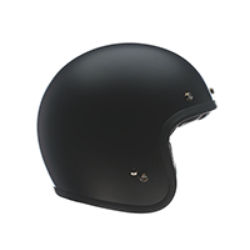

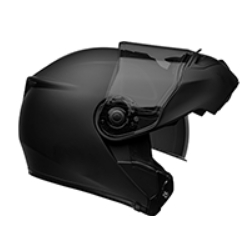

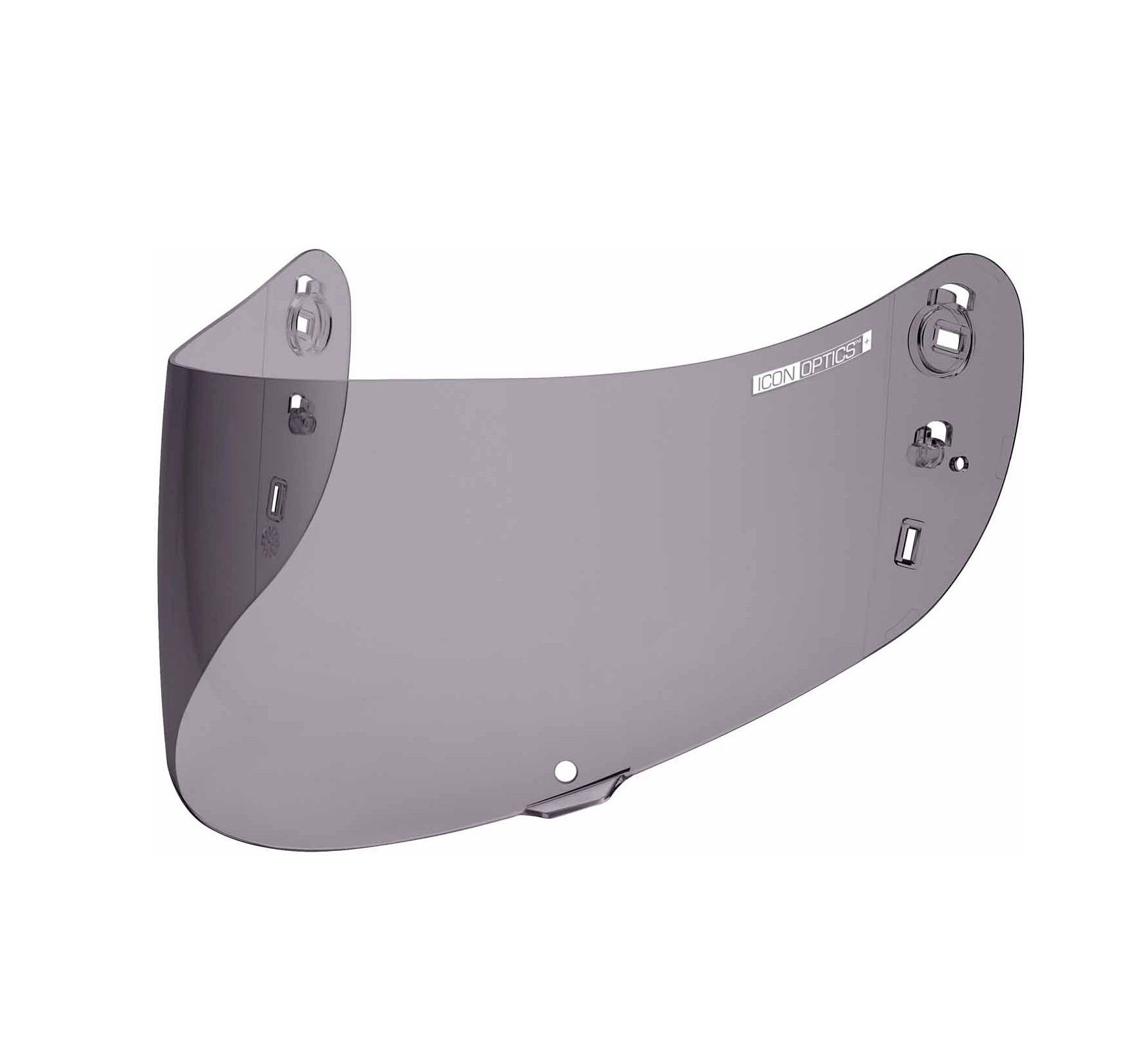
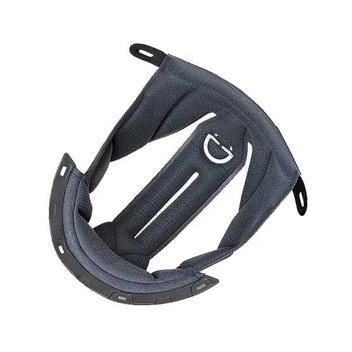



 Membership
Membership

